VERSION 1
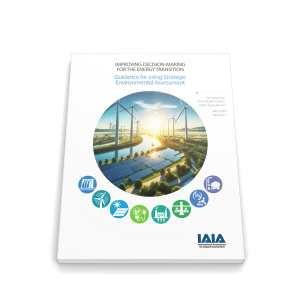
How can Strategic Environmental Assessment (SEA) help drive better outcomes in the energy transition away from fossil fuels? What are the principal considerations for applying SEA to the major renewable energy alternatives?
The International Association for Impact Assessment (IAIA) recently released “Improving Decision-Making for the Energy Transition: Guidance for Using Strategic Environmental Assessment,” a landmark publication to answer questions like these and to make planners and decision-makers aware of critical environmental and social risks that could arise during the energy transition. The guidance also recommends how these risks can be avoided or mitigated and how to ensure an energy transition that is fair, just, and sustainable. Additionally, the guidance will help practitioners improve how they conduct SEA processes and involve important stakeholders in key decisions on the energy transition.
The open-access resource shares best practices, tools, and case studies from around the world, and it identifies key environmental and socio-economic issues associated with the energy transition. It is designed to help professionals make better, more informed choices for a cleaner energy future, covering topics such as:
Access PDFs of the executive summary or the entire document, or download individual chapters by clicking the icons below.
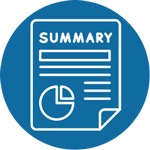
OVERVIEW OF VERSION 1
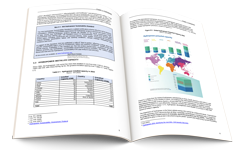
[PDF; 18 MB; 549 PAGES]
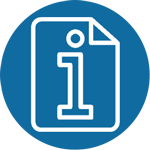
TABLE OF CONTENTS, AIMS, ABBREVIATIONS, AND BACKGROUND
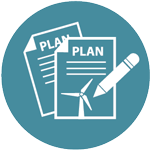
NATIONAL/REGIONAL ENERGY POLICIES, PLANS, AND PROGRAMS
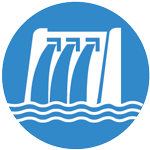
HYDROPOWER

WIND POWER
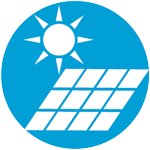
SOLAR POWER
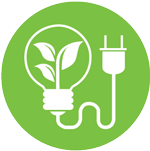
BIOENERGY
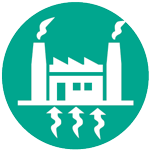
GEOTHERMAL POWER
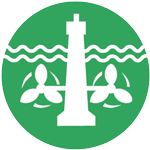
TIDAL POWER
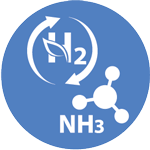
GREEN HYDROGEN AND AMMONIA

RETIREMENT OF COAL-FIRED POWER PLANTS
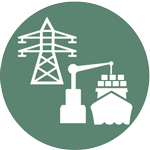
INFRASTRUCTURE

GUIDANCE FOR INSTITUTIONS
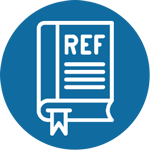
[PDF; 0.5 MB; 34 pages]





This publication is an IAIA initiative led by members Barry Dalal-Clayton and Miles Scott-Brown, with financial and technical support from the following organizations and many IAIA member and external peer reviewers.
Climate change is a major driver for transitioning away from fossil fuels to renewable energy sources. Recognizing that SEA can significantly help this process, IAIA launched a multi-phase initiative in 2022 aiming to:
(a) Develop guidance for using SEA in the renewable energy transition, and
(b) Promote use of the guidance for SEAs undertaken for policies, plans and programs that support this transition.
IAIA members Barry Dalal-Clayton and Miles Scott-Brown were engaged by IAIA to lead this important initiative, and the first step is now complete with release of Version 1 of the guidance.
The initial scoping of the initiative anticipated three distinct phases, as detailed below. Phase A and B are complete, and we are now entering Phase C: Implementation and Roll-out.
A. Launch Phase (January – June 2022): Inventory existing SEA guidelines; Outline the scope and contents of the guidance; Create oversight through a ‘Partners Council’ and ‘Technical Advisory Committee’; Establish a Reference Group; Produce an inception report outlining the course of action for Phase B and C
B. Development Phase (January 2023 – JULY 2024): Draft the comprehensive guidance; Solicit input from reviewers and technical experts; Engage with partners for the transition to Phase C implementation; Conduct an open review and peer review; Present progress at IAIA’23 in Kuching
C. Implementation/Roll-out (JULY 2024 – 2027 ONWARDS): Disseminate the guidance; Convert the guidance into an online, searchable resource; Organize regional workshops and other capacity-building events; Encourage voluntary adoption of the guidance worldwide and develop case studies
IAIA is working on a transition of our own – to take the excellent core text developed by Dalal-Clayton and Scott-Brown and to convert that into online content, making the guidance more interactive, user-friendly, and accessible.
We are also working with key international partners to develop training materials based on the guidance. Initial training will likely focus on government and planning authorities, introducing information on what SEA is, why it is important, and how it can be applied to energy resource planning. As further funding allows, training will be developed for additional audiences (e.g., practitioners, NGOs, donor agencies) across as many geographic regions as possible.
Because we confidently expect there to be a need for regular updates as best practice guidance is amended and new practical case studies are generated. As Ingvar Kamprad, founder of IKEA, observed “No method is more effective than the good example.”
Many IAIA members have participated in this initiative as peer reviewers, as have numerous external experts in the various renewable energy sectors. We appreciate their essential inputs into making this guidance robust and insightful.
